Dbrand, a popular tech accessories brand known for its edgy humor, recently shared a tweet that sparked massive public debate. While humor is often a part of their brand, this joke seemed to cross a line, creating both backlash and praise. Here’s a closer look at what happened and the implications.
Dbrand’s Controversial Tweet: What Happened?
Dbrand has always embraced a unique approach to brand communication, often using humor and wit that appeal to younger audiences. However, one recent tweet didn’t land quite as expected. The tweet, intended to entertain, quickly spiraled into controversy. Its humor was perceived as offensive or insensitive by a large section of the public, leaving Dbrand at the center of a heated discussion on social media.
The joke may have struck some followers as edgy and in line with Dbrand’s personality, but for others, it was a step too far. Many questioned the appropriateness of using humor in a context that could alienate or offend certain users. This incident highlights the risks that come with brand humor, especially when crossing into delicate territories.
Public Reaction: Outrage and Criticism
The public reaction to Dbrand’s tweet was swift. Social media was flooded with reactions—both negative and positive—from fans, customers, and critics. On one hand, some users appreciated the boldness and creativity of the tweet, viewing it as harmless fun. On the other hand, a substantial number of people voiced their disappointment, citing the tweet as distasteful.
The backlash was significant enough to prompt discussions on various online platforms, with hashtags and threads dedicated to debating the impact of brand humor. Users expressed concerns that, while humor can humanize a brand, it can also alienate when it fails to consider broader perspectives. The reaction showed that people have diverse expectations from brands, especially those with large audiences.
Debrand’s Response: Apology and Compensation
After witnessing the growing outrage, Dbrand responded promptly. The brand issued a formal apology, acknowledging that the tweet did not resonate as intended and that some followers found it offensive. Dbrand’s response included an assurance that it would be more cautious in the future while continuing to entertain its fan base with humor.
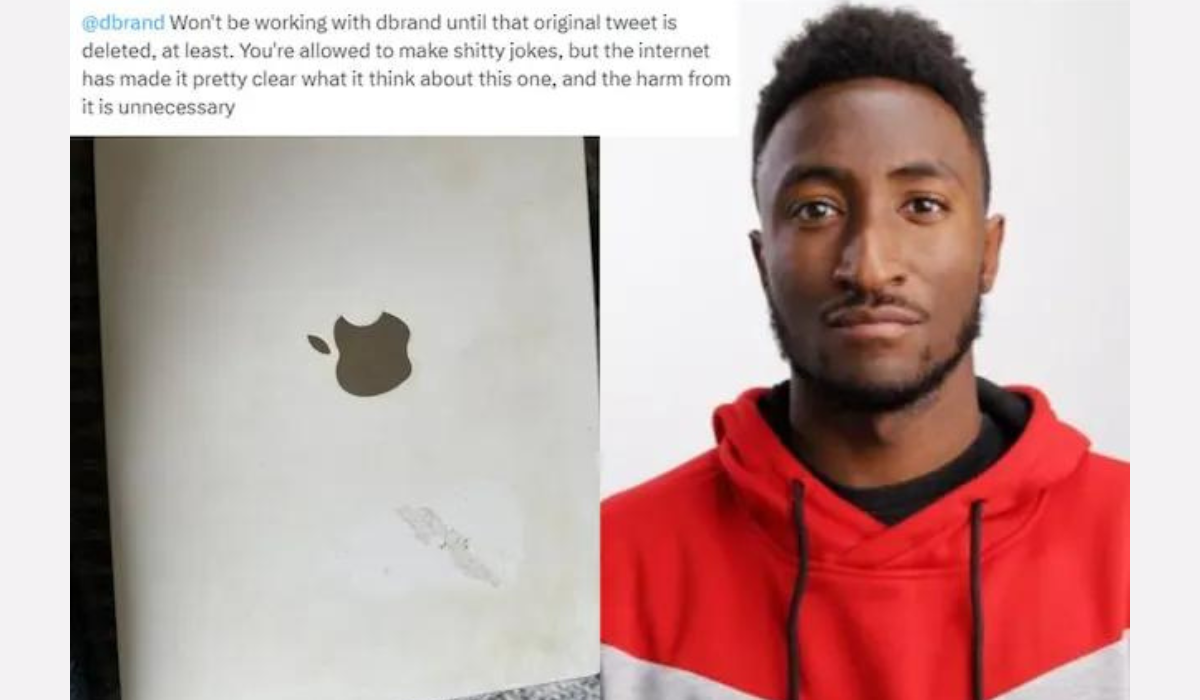
To further ease the situation, Dbrand offered compensation in the form of discounts and special offers. This gesture demonstrated the brand’s willingness to own up to its mistakes and take steps toward customer satisfaction. Apologies and compensations can go a long way in regaining trust, especially when customers feel heard and valued.
Lessons Learned: The Fine Line of Brand Humor
From this incident, it’s clear that there’s a fine line brands must walk when using humor. While jokes and light-hearted messages can make a brand relatable, they also have the potential to offend. Dbrand’s experience serves as a reminder that brands need to gauge the context and audience perception to ensure their humor aligns with their followers’ values.
Moving Forward: Dbrand’s Commitment to Change
In response to the incident, Dbrand expressed a renewed commitment to reviewing its social media strategy. They recognized the importance of keeping the brand’s essence while being more mindful of how messages might be perceived. Moving forward, Dbrand aims to maintain its edgy humor but with greater consideration of its diverse audience.
Navigating Humor in Brand Communication
For brands like Dbrand, humor is a double-edged sword. On one side, it allows them to connect with fans in a unique and memorable way. On the other hand, it can lead to misinterpretations that harm the brand’s reputation. Navigating this balance requires understanding the pulse of the audience and setting boundaries for humor.
What’s the Buzz About Dbrand’s Tweet?
Dbrand’s tweet became a focal point for discussions beyond just their follower base. People who weren’t regular Dbrand customers also joined the conversation, drawn by the novelty of the brand’s humor. Many began to question why Dbrand’s humor often stands out and whether its strategy might be too risky in today’s cultural climate.
This buzz also brought new visibility to Dbrand, as those unfamiliar with the brand started exploring its products and social media style. Although unintended, the tweet acted as a marketing tool that sparked curiosity and interest.
Why Dbrand’s Tweets Are So Popular
Dbrand’s tweets are known for their humor and irreverent style, setting them apart from typical brand communications. Their approach appeals to a younger audience that appreciates a brand that doesn’t take itself too seriously. By choosing a more playful tone, Dbrand engages users in a way that feels authentic, especially in an industry often filled with formal messaging.
The brand’s tweets often contain witty observations, sarcasm, and commentary on popular trends. This makes them relatable to a demographic that values brands with a personality and sense of humor.
How Dbrand’s Tweet Engaged Fans
The controversial tweet generated a wide range of responses from fans. Some appreciated the humor, replying with their own jokes and memes, while others voiced their concerns. The tweet acted as a catalyst for engagement, sparking discussions and even inspiring user-generated content in the form of memes and commentary. It highlighted the level of engagement Dbrand can generate, even when faced with criticism.

Fan Reactions: Tweets and Memes
Fans and critics alike took to social media, with many creating humorous responses that amplified the tweet’s reach. These responses ranged from support to humorous critiques, with users creating memes that added to the online conversation. The meme culture around Dbrand’s tweet showed how audiences engage creatively with content, especially when they feel strongly about it.
What Makes Dbrand’s Tweets Stand Out?
Dbrand’s tweets are unique because of the brand’s willingness to push boundaries. They’re not afraid to make jokes or use humor that some might consider bold. This style has led to a distinct brand identity that resonates with fans who appreciate humor that’s a bit daring and unconventional.
How Dbrand Uses Humor in Marketing
Dbrand’s marketing approach revolves around using humor as a tool to stand out in a competitive industry. By keeping their tone casual and humorous, they make tech accessories feel more approachable and fun. This strategy has successfully attracted a following that enjoys interacting with a brand that feels both relatable and entertaining.
Did Dbrand’s Tweet Hit the Right Note?
Despite the backlash, some users found Dbrand’s tweet entertaining. The incident sparked debates about the role of humor in brand messaging and raised questions about where to draw the line. While the tweet may have misfired with certain audiences, it nevertheless contributed to Dbrand’s brand image as bold and unfiltered.
Dbrand’s ability to keep fans engaged and provoke conversation suggests that, even with controversy, their approach has a unique appeal. For some, the tweet reflected the edgy humor they associate with the brand, while others saw it as crossing a boundary.
The Bottom Line
Dbrand’s tweet incident serves as a valuable lesson on the complexities of brand humor. While humor can be an excellent tool for connection, it requires sensitivity to avoid alienating audiences. Dbrand has shown that they are willing to learn from this experience and adjust accordingly, which is a positive takeaway for the brand and its followers.
In a world where brands are expected to engage with customers on a personal level, Dbrand’s experience underscores the importance of balancing humor with respect. Their response shows a willingness to adapt while staying true to their brand’s personality. For other brands looking to incorporate humor, the lesson is clear: Know your audience, test the boundaries thoughtfully, and be prepared to respond swiftly if a joke doesn’t land as expected.








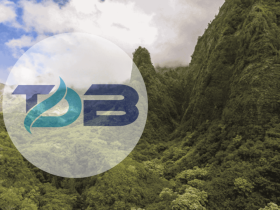



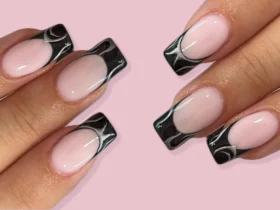

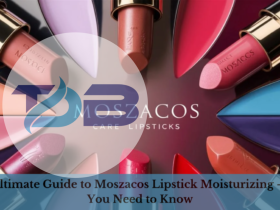







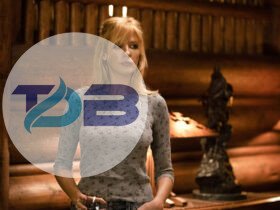
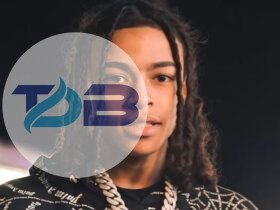


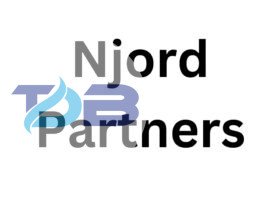
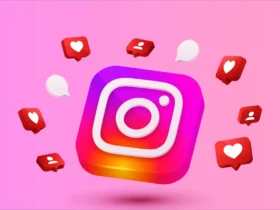

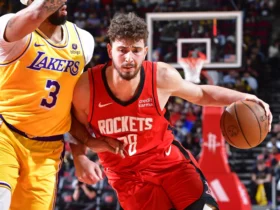
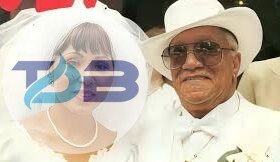





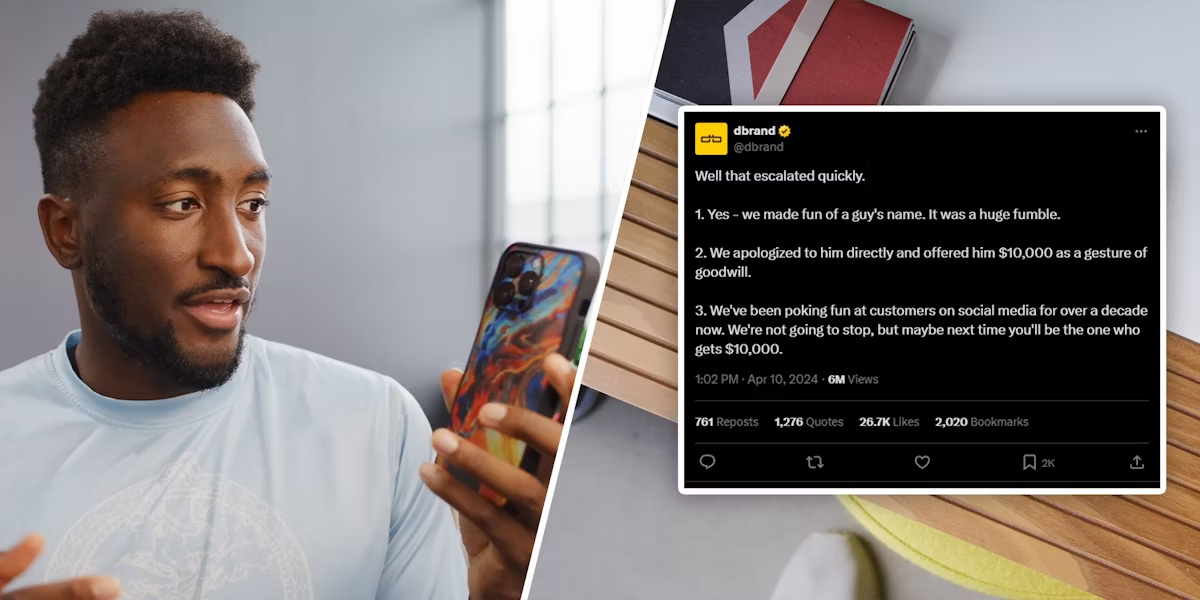




Leave a Reply